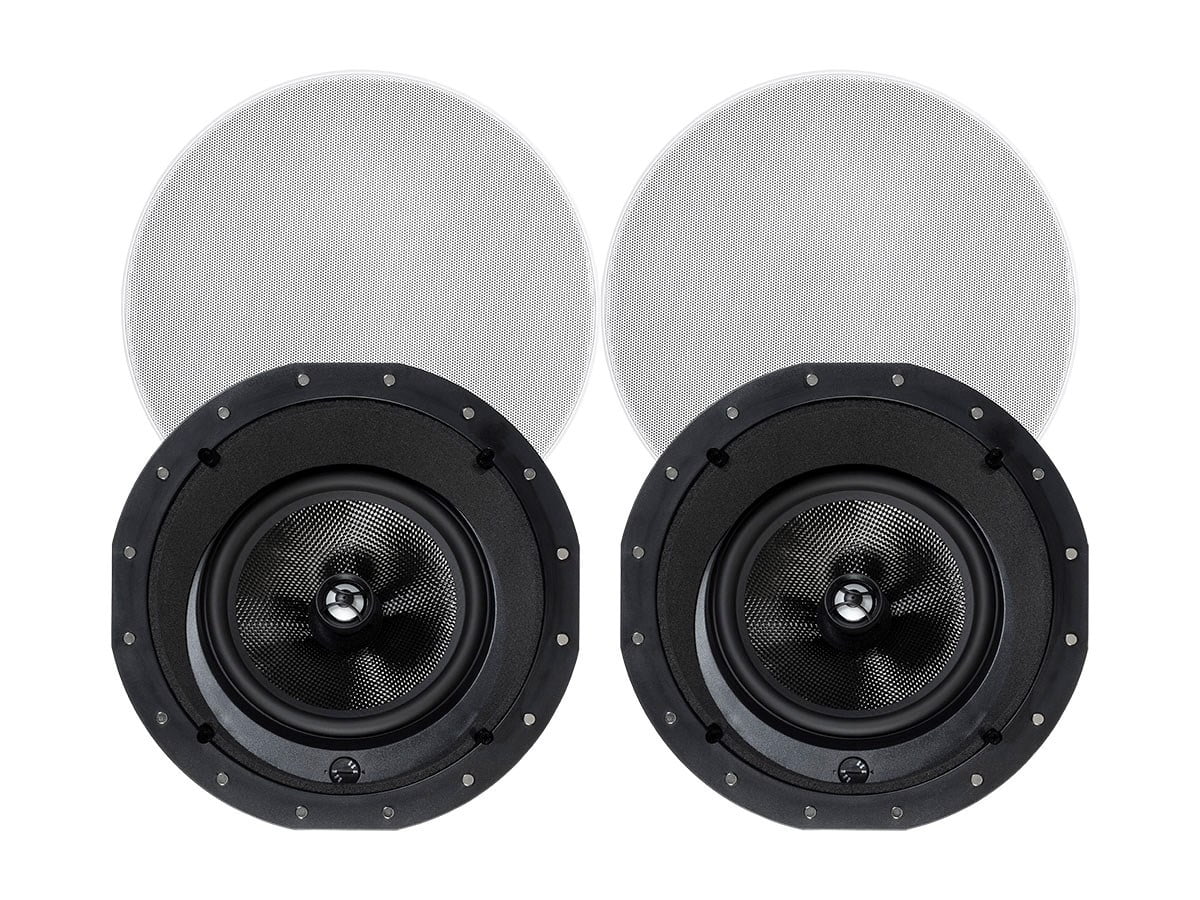


Languages use different amounts of words to convey the same meaning for example, Spanish dialogue is often around 25% longer than its English equivalent.

The aim is that the synchronization of new spoken word with the on-screen speaker’s lip movements is so closely matched that the audience barely notices that the original audio has been replaced. Lip sync is when the voice in the new language replaces and closely matches the lip movements in the spoken vocals of the original language. Let’s find out more about each of these different types.Īt the top of the voice-over food chain is lip-sync dubbing (also referred to just as “lip sync”), the most complex and demanding of all the voice-over formats. There are, however, different kinds of dubbing which require varied levels of expertise, resources and budget. This is also known as “revoicing” in the film industry.īeyond film, dubbing can also be used to describe voice substitution of any people on screen who are not actors, such as presenters, interviewees, animated characters or computer-generated characters in video games. Wikipedia defines dubbing as “the substitution of the voices of actors shown on the screen by those of different performers”. The different sub-categories of localization voice-over – such as dubbing, lip-sync dubbing and wild track recording – are described below. This being said, voice-over is the generic term for all types of specialist spoken-word audio translation/localization. More generally, in film, television and video, “voice-over” refers to narration by a person off-screen who is providing some kind of commentary for on-screen events (a film narrator, for example, or a journalist’s script read over news footage).īut in the translation and localization industry, we refer to voice-over as any type of translated or localized spoken-word audio, which either replaces or overlays an original spoken word audio track for film or video content. To provide some answers, we’ve created the Ultimate Guide to Voice-over Localization which details the key differences between specialized services used instead of subtitling, including:

In fact, the huge growth in streaming platforms delivering content across multiple global regions means the market for lip-sync dubbing (more on exactly what this is later) is set to expand tenfold in the next five years.īut what are the different types of voice-over localization on offer? And which will best suit your audience (and your budget)? If you want global audiences to connect with your video, film or multimedia content (such as video games), using localized voice-over to replace original spoken-word audio is proven to increase audience engagement and boost viewer retention.Ĭertainly Netflix thinks so – you’ll find out why at the end of this article.


 0 kommentar(er)
0 kommentar(er)
